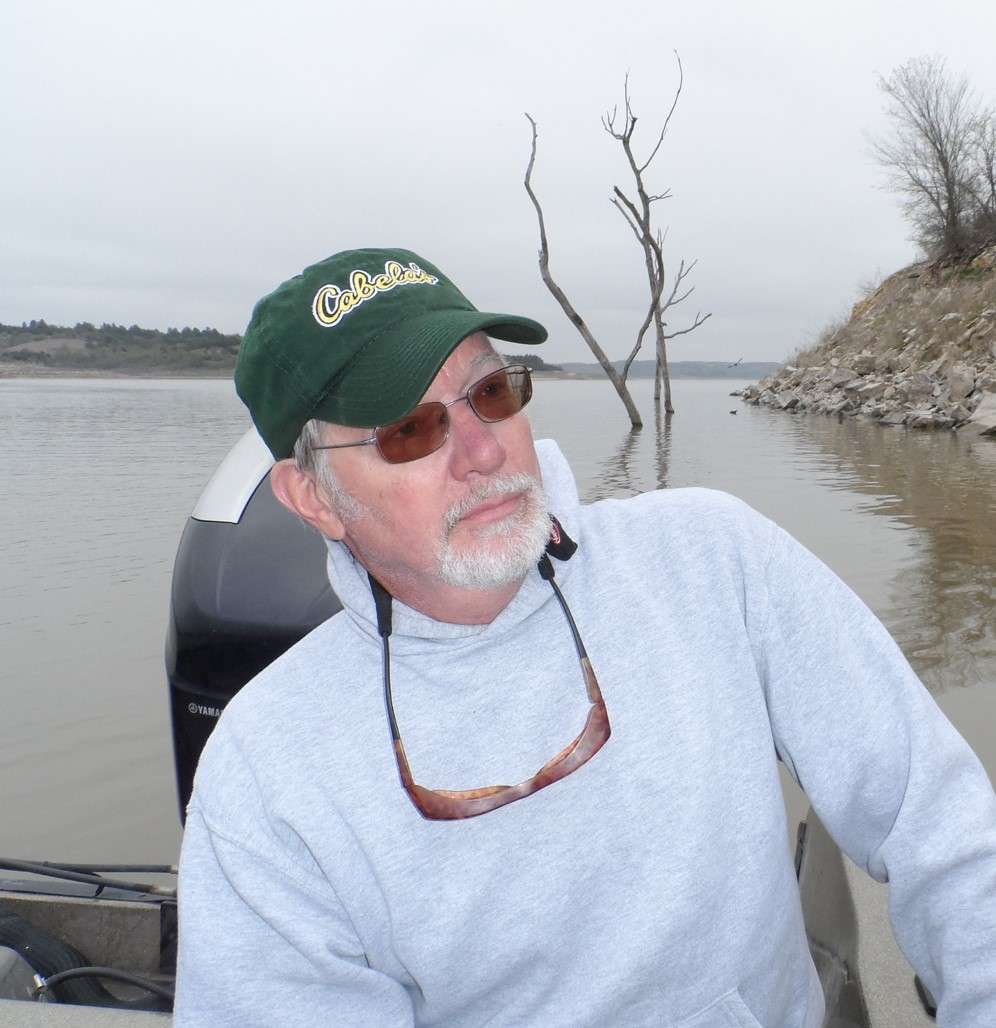The November election dust has settled to reveal another uneasy shuffling of Kansas politics and culture. Many eyes were on the race for governor; the incumbent, Laura Kelly, a moderate Democrat, defeated challenger Derek Schmidt, the state’s attorney general, who campaigned from the Republican right.
Kelly’s margin was 20,000 votes in more than 960,000 cast for her and Schmidt. Two other candidates, Dennis Pyle and Seth Cordell, received 30,000 votes.
Kelly carried only eight counties, but by 113,000 votes, a margin so large that she could lose the other 97 counties by 93,000 votes and still win overall.
In that eight-county election, Kelly carried Sedgwick (50 to 47 percent); Johnson (59-39), Douglas (75-23), Shawnee (60-38), and Wyandotte (68-29 pct.).
Other pro-Kelly margins were in Geary (51-46 pct.), Riley (59-38) and Lyon (54-44 pct.) Counties.
Sixty percent of the ballots for Kelly and Schmidt were cast in those eight counties.
Kelly received 70 percent of her statewide 492,000 vote in those eight counties, while Schmidt got less than half (49 percent) his 471,000 statewide vote.
*
The Kansas population and vote have shifted to Wichita- Sedgwick and the metropolitan northeast, but the state’s most populous territories are hardly firebrand liberal encampments. Their voting reflects a yearning for moderation. It seems to reflect the Kansas legacy incubated in progressive movements of William Allen White and Gov. Henry Allen more than a century ago.
They helped to advance the reforms of Teddy Roosevelt and William Howard Taft, both Republicans. The movement would, among other things, improve labor laws, bust the oil and banking trusts, achieve a more regulated commerce, campaign for public health, women’s suffrage, and blueprints for better air and rail transit, for state and federal highways, and a system of national parks.
These and other reforms were based on a conviction that government can help communities be more livable and citizens to have better lives. This was a social conviction; the early advocates happened to be Republicans. The politics wrapped around this tenet would shift and bloat from one party to another over time. But the goal held for moderate, equitable progress.
Today, the Democrats seem to hold the more traditional approach while Republicans squabble over their degrees of extreme. The outcome over the past 20 years shows Democrats have won four of six elections for governor – Kathleen Sebelius in 2002 and 2006, Laura Kelly in 2018 and 2022.
In-between (2010-’17), the Brownback darkness, a period of avarice and corruption, fiscal lunacy and a state near bankruptcy. A legacy of inclusive and moderate change had been shunted over for pious fever dreams that had little to do with the hopes and worries of the citizenry.
*
Kansas now appears to have an eight-county legislature. Nearly two-thirds of members of the House of Representatives and state Senate come from those counties. Of the 125-member House, only 13 are from rural western counties; one is a Democrat. Six of 40 senators, all Republicans, are from the west.
The Democrats gained one House seat in the election, for a total 40 members. Republicans elected 85, a veto-proof majority.
The Senate’s 11 Democrats are from six counties: Johnson (3 senators), Sedgwick (2); Douglas (2); Wyandotte (2); Leavenworth (1) and Riley (1).
Democrats in Johnson County won three House seats and hold 16 of the county’s 27 House districts.
This shift is more cultural than political. Voters in Johnson and other Kelly counties seem to believe that Republican campaigns have lost touch with primary concerns of communities – among them, the high cost of health care, stronger schools, better roads and bridges, a stable economy.
And personal liberty. They resented the strictures of the Republicans’ proposed constitutional amendment to remove abortion rights. This was government overreach, a view shared statewide.
Republican campaigns moved far to the right with an invasive vision that alienated even their own voters.
As of September, for instance, Johnson County listed more than 457,000 registered voters – 192,800 Republicans; 149,300 Democrats; 111,400 unaffiliated; and 3,600 Libertarians. Turnout in November was 260,000 (57 percent). Kelly received 152,000 votes in that county, and from more than Democrats.
Republicans talked about Biden, Pelosi, socialist Democratic threats. Kelly talked of an improved Kansas economy, adequate finance for public schools, improving and expanding health care, cutting the cost of drugs and health insurance, maintenance for roads and bridges, more jobs – matters of common concern. This appealed greatly in the eight counties. It is at work in others.
Party politics may head way right or far left, but most Kansans are, at base, measured and practical. In eight counties and beyond, they seek balance and equity in their lives and from their government.
The Eight-County Message
Valley Voice





